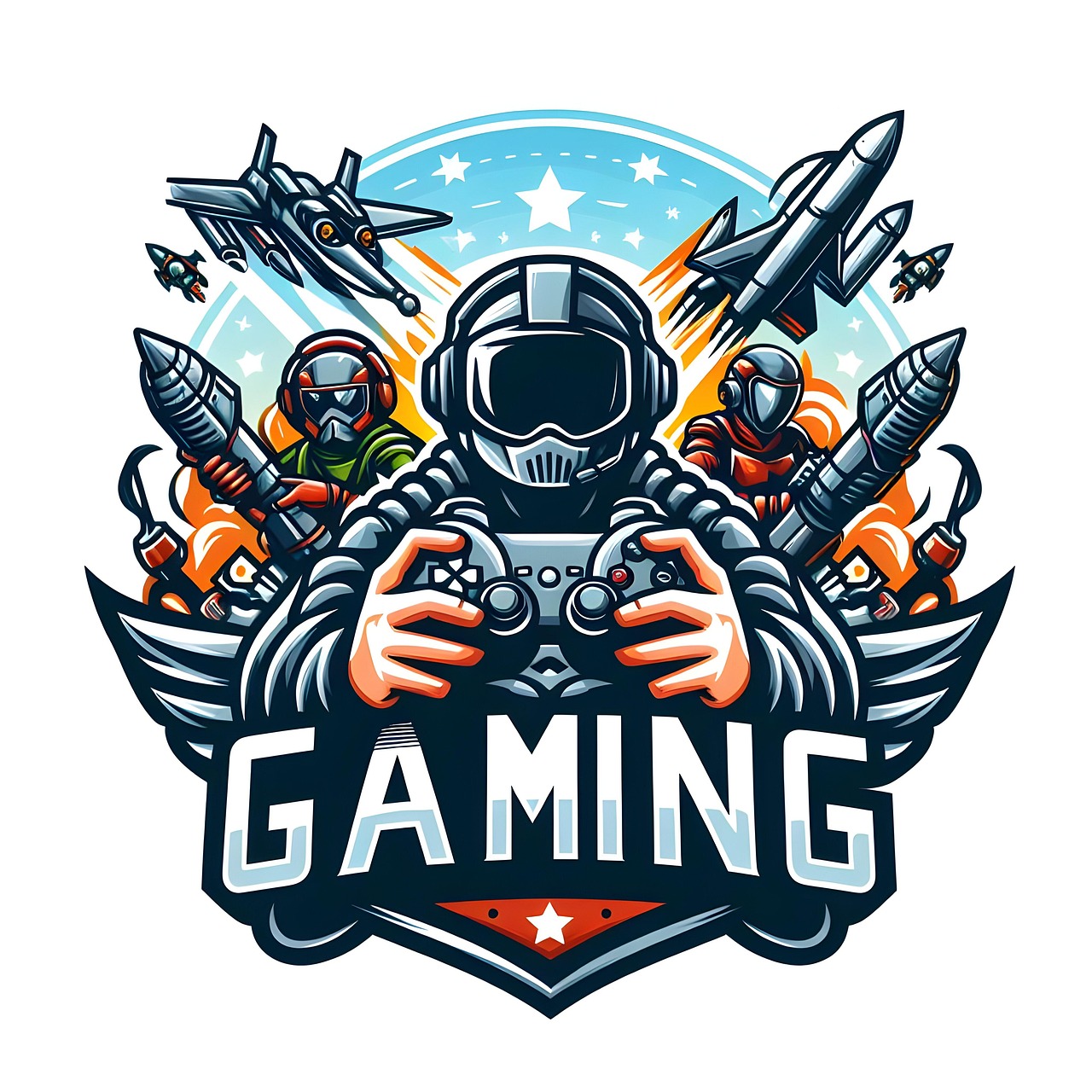
The Role of Video Games in Language Learning: A New Approach to Mastering Languages
In recent years, the landscape of language learning has been dramatically transformed by the integration of technology. Among the most intriguing innovations is the use of video games as a tool for mastering new languages. This approach capitalizes on the immersive and engaging nature of games to create a conducive and effective learning environment. This article delves into how video games are revolutionizing language acquisition, exploring their benefits, real-world applications, and potential drawbacks.
Understanding the Appeal of Video Games
Video games have become a universally popular form of entertainment, attracting millions of players worldwide. Their appeal lies in their ability to offer players immersive experiences, intricate narratives, and interactive challenges. These elements not only entertain but also engage the player’s cognitive faculties in ways that traditional learning methods may not. The Pew Research Center reports that a significant portion of gamers are adults, suggesting that gaming is a widespread activity across demographics, making it a viable platform for educational endeavors.
Video Games as Language Learning Tools
Video games provide a unique platform for language learning by offering context-rich environments where new vocabulary and grammatical structures can be encountered and practiced in meaningful ways. Games often require players to follow instructions, interact with characters, and solve problems—activities that naturally involve language use.
For instance, role-playing games (RPGs) frequently feature elaborate dialogues and narratives that require understanding and response. Games like “The Witcher” and “Final Fantasy” series, for example, can be played in multiple languages, allowing learners to experience complex stories and character interactions in their target language.

Benefits of Using Video Games for Language Learning
The integration of video games into language learning offers several compelling benefits:
- Engagement and Motivation: Games are designed to be engaging and rewarding, which can increase motivation among language learners. The interactive nature of games allows learners to remain focused and interested over longer periods.
- Contextual Learning: By immersing players in a narrative or scenario, games provide a context for language use, helping learners understand how words and phrases fit into real-world situations.
- Repetition and Reinforcement: Games often require players to repeat actions or dialogues, reinforcing language learning through repetition without the monotony of rote memorization.
- Instant Feedback: Many games provide immediate feedback on player actions, enabling learners to recognize mistakes and learn from them in real-time.
Examples of Games for Language Learning
Several games have been effectively utilized for language learning, catering to different proficiency levels and interests:
- “Duolingo”: While not a traditional video game, Duolingo gamifies language learning with points, levels, and challenges, making it an accessible tool for beginners.
- “Rosetta Stone’s Language Learning Games”: These combine language instruction with engaging games to help reinforce vocabulary and grammar.
- “The Sims”: Available in multiple languages, this simulation game allows learners to practice everyday vocabulary and conversational skills in a casual setting.
- “Assassin’s Creed”: Known for its historical settings, this game series provides a rich context for learning language through exploration and interaction.

Potential Drawbacks and Challenges
While video games hold promise for language learning, there are potential drawbacks to consider:
- Distraction: The primary purpose of games is entertainment, which can sometimes distract from the educational objectives. Learners may become more focused on gameplay than language acquisition.
- Content Appropriateness: Not all games are suitable for all ages or language levels. It’s essential to choose games that align with the learner’s needs and preferences.
- Limited Language Focus: Games may not cover all aspects of a language systematically, potentially leaving gaps in grammar or advanced vocabulary.
Strategies for Effective Language Learning Through Games
To maximize the benefits of video games in language learning, consider the following strategies:
- Select the Right Game: Choose games that align with your language goals and proficiency level. Look for games with rich dialogue and multiple language options.
- Set Clear Objectives: Define what you want to achieve with each gaming session, such as learning new vocabulary or improving listening skills.
- Supplement with Other Resources: Combine gaming with traditional learning methods, such as textbooks or language apps, to reinforce learning.
- Engage in Active Learning: Take notes, repeat phrases, and practice speaking to ensure active participation in the learning process.
The Future of Video Games in Language Learning
The potential of video games as language learning tools continues to grow with advancements in technology. Virtual reality (VR) and augmented reality (AR) offer even more immersive experiences that can simulate real-life conversations and interactions. These technologies can create virtual environments where learners can practice language skills in authentic contexts.

Moreover, the increasing availability of educational games specifically designed for language learning suggests a promising future. Companies and educators are recognizing the potential of games to engage and educate, leading to the development of more sophisticated tools and platforms.
Takeaways
Video games are proving to be a valuable asset in the realm of language learning, offering unique advantages that traditional methods may lack. By providing an engaging, immersive, and interactive environment, games can enhance motivation, facilitate contextual learning, and offer immediate feedback. Despite potential challenges, with careful selection and strategic use, video games have the potential to transform how languages are learned. As technology continues to evolve, the role of video games in language education is likely to expand, offering even more innovative and effective ways to master new languages.
For those interested in exploring this innovative approach, it’s worth examining the growing body of research supporting the use of video games in education. Resources such as the Education Resources Information Center and Taylor & Francis Online offer valuable insights into the latest studies and findings in this exciting field.
As we continue to explore the intersection of gaming and language learning, it’s essential to consider how educators and developers can collaborate to maximize the educational potential of video games. This collaboration can lead to the creation of targeted educational games that blend entertainment and learning seamlessly.
The Role of Educators in Integrating Games into Language Learning

Educators play a crucial role in integrating video games into language curricula. By understanding the gaming landscape and identifying suitable games for various learning objectives, teachers can guide students in using games effectively. This involves:
- Curriculum Design: Incorporating games into lesson plans and aligning them with learning outcomes can ensure that gaming supports educational goals. Teachers can use games to complement traditional teaching methods, providing a diverse range of learning experiences.
- Facilitating Discussion: Encouraging students to discuss and reflect on their gaming experiences can deepen their understanding and help them articulate their learning process. Group discussions can also foster collaborative learning and peer support.
- Providing Guidance: Educators can help students set goals for their gaming sessions and provide feedback on their progress. This guidance can help students stay focused and motivated in their language learning journey.
Developers’ Contributions to Educational Gaming
Game developers have the opportunity to create games that are not only entertaining but also educational. By collaborating with language experts and educators, developers can design games that cater to specific language learning needs. Key considerations for developers include:
- Language Accuracy: Ensuring that the language used in games is accurate and appropriate for the target audience is crucial. Developers can work with linguists to verify language content and provide a rich linguistic experience.
- Interactive Features: Incorporating interactive elements that encourage players to use and practice language actively can enhance the learning experience. Features like voice recognition and language-based puzzles can engage players in meaningful ways.
- Assessment Tools: Including tools that track progress and assess language skills can provide valuable feedback to learners and educators. These tools can help learners identify areas for improvement and celebrate their achievements.

Case Studies: Successful Integration of Games in Language Learning
Several case studies highlight the successful integration of video games in language learning environments. For example:
- European Schools: In some European countries, schools have integrated games like “Minecraft” into their language classrooms. The game’s open-world format allows students to create and interact using their target language, promoting creativity and collaboration.
- University Programs: Universities across the globe have introduced gaming modules in their language programs. Students can choose games that align with their language studies, allowing them to practice language skills in a relaxed and engaging setting.
- Online Language Communities: Platforms like “Tandem” and “HelloTalk” have gamified language exchange, connecting learners with native speakers and using game-like elements to make learning fun and interactive.
Challenges and Future Directions
Despite the promising potential of video games for language learning, challenges remain. Ensuring equitable access to technology and addressing the digital divide are crucial for widespread adoption. Additionally, ongoing research is needed to understand the long-term impact of gaming on language acquisition fully.
The future of language learning through video games is bright, with possibilities for further innovation. As Edutopia suggests, the integration of emerging technologies like artificial intelligence and machine learning could revolutionize how games are used in education. These technologies can personalize learning experiences, adapt content to individual needs, and provide real-time feedback, making language learning more effective and accessible.
Ultimately, the collaboration between educators, developers, and researchers will drive the evolution of video games as powerful language learning tools. By embracing this new approach, we can create dynamic and inclusive learning environments that inspire and empower learners worldwide.



